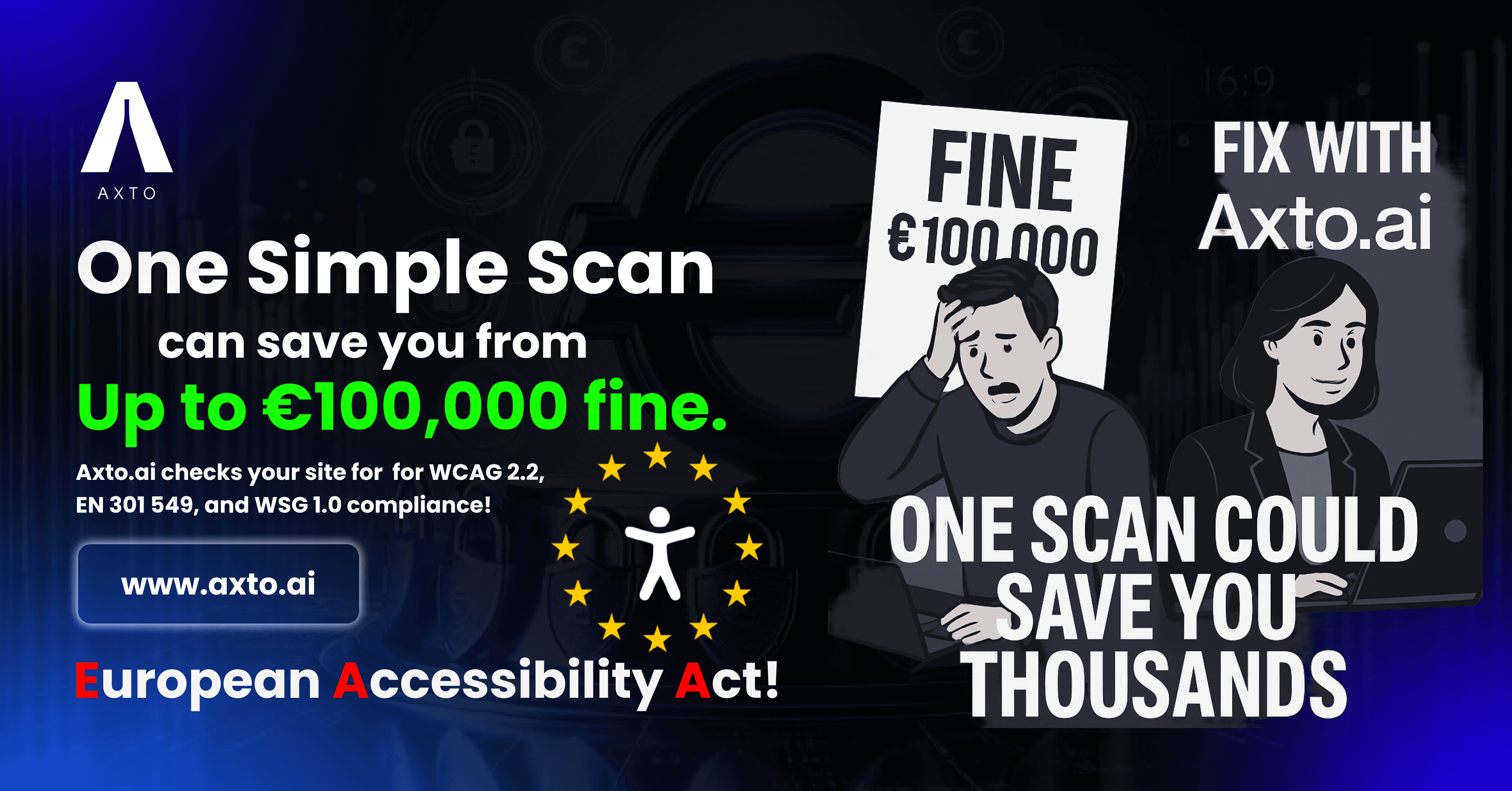
European Accessibility Act: A Digital Wake-Up Call for Businesses!!
The European Accessibility Act (EAA) aims to eliminate fragmented accessibility regulations across EU nations, helping businesses streamline compliance while ensuring digital equality.
Article
[1]The European Accessibility Act (EAA) is a directive of the European Union (EU) which took effect in April 2019.This directive aims to improve the trade between members of the EU for accessible products and services, by removing country-specific rules. [2]Businesses benefit from having a common set of rules within the EU, which should facilitate easier cross-border trade. It should also allow a greater market for companies providing accessible products and services. Persons with disabilities and elderly people will benefit from having more accessible products and services in the market. An increased market size should produce more competitive prices. [3]There should be fewer barriers within the EU and more job opportunities as well.
Originally proposed in 2011,[4] this act was built to complement the EU's Web Accessibility Directive which targets the public sector and became law in 2016. It also reflects the obligations of the UN's Convention on the Rights of Persons with Disabilities. It includes a wide range of systems including personal devices such as computers, smartphones, e-books, and TVs, as well as public services like television broadcast, automated teller machine (ATMs), ticketing machines, public transport services, banking services, and e-commerce sites.[5]
The laws, regulations and administrative provisions necessary to comply with this Directive have to be adopted and published by the member states by 28 June 2022. Three years later, in 2025, the requirements of the European Accessibility Act must have been implemented.[6]
By 28 June 2025, the European Accessibility Act (EAA) will require a wide range of digital products and services—websites, mobile apps, e-commerce platforms, ATMs, transport services, and more—to be accessible to people with disabilities across the EU.
The goal? A unified standard that removes market barriers, increases inclusivity, and opens opportunities for businesses to reach a broader audience. Devices like smartphones, TVs, and e-readers must be accessible by design. Services must offer accessible interfaces, support, and information formats.
While microenterprises (under 10 employees or €2M turnover) are exempt, accessibility is fast becoming a competitive edge and a brand expectation—not just a compliance box.
Many organizations are now turning to AI-driven accessibility tools to assess and enhance compliance. For insights, resources, and accessibility scanning, explore axto.ai or connect with the team via LinkedIn and Twitter.
Admin
Web optimization expert and developer advocate passionate about creating high-performance, accessible digital experiences.

